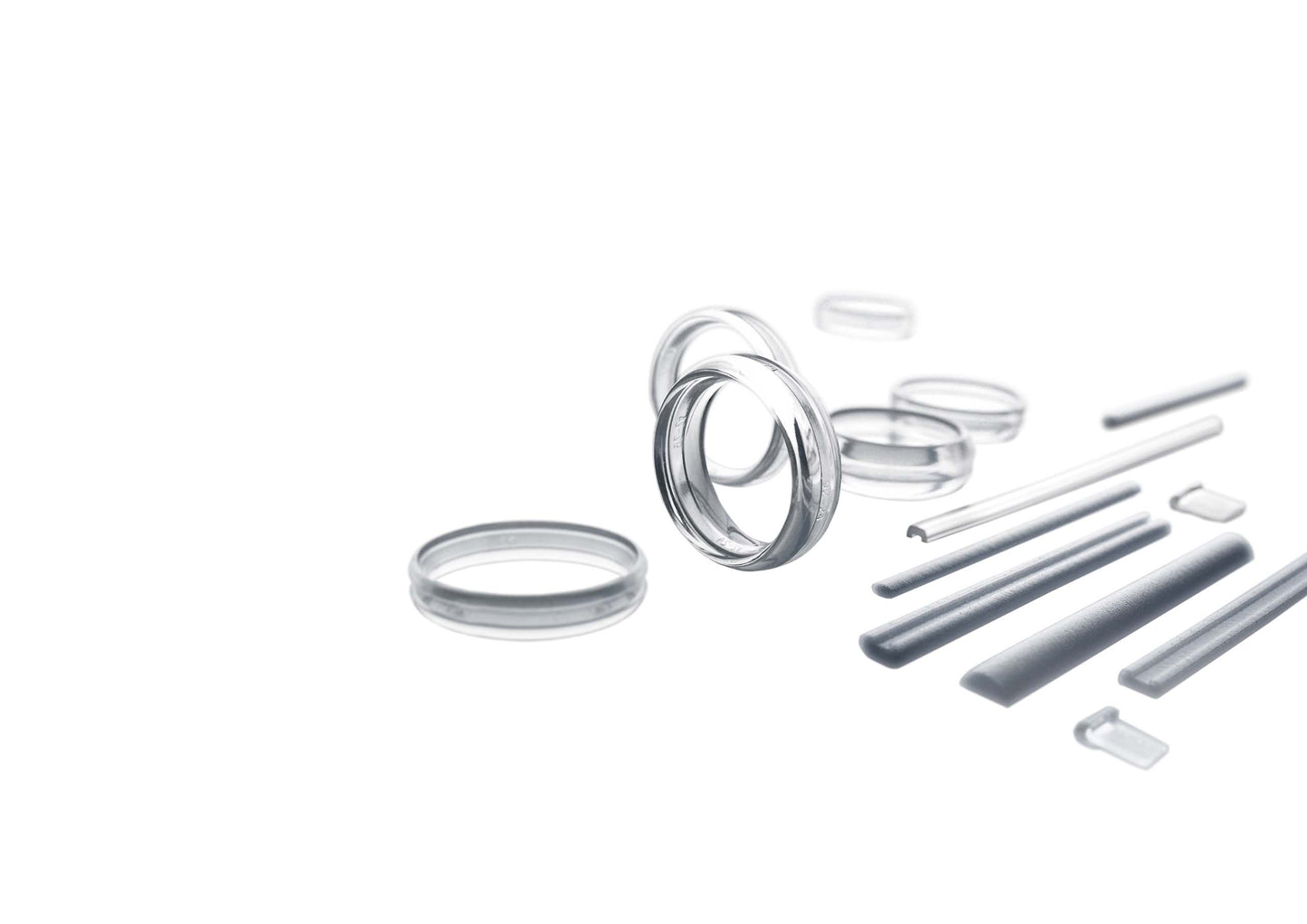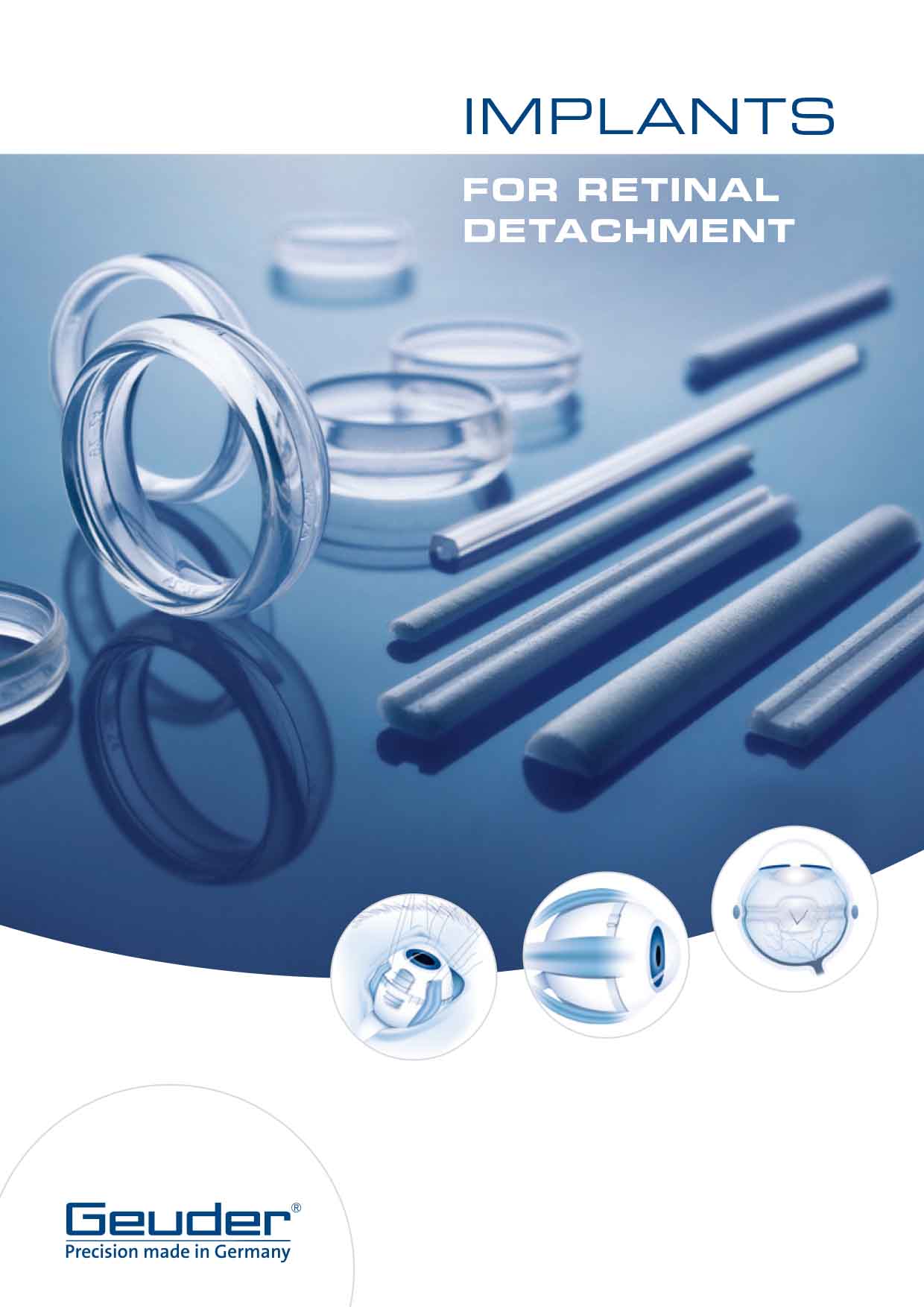
Retinal implants are used in surgical treatment of retinal detachments. The implant creates an indentation in the sclera and choroid approximating the retina to the pigment epithelium. This procedure is accomplished by local indentation or through the use of an implant that encircles the globe.
Benefits of scleral buckling
- Safe and effective procedure with many years of follow-up documentation
- Does not induce cataract
- No intraocular surgery – lower risk in case of failure
- Best approach for inferior breaks and appropriate for virtually all primary rhegmatogenous retinal detachments (except very posterior breaks)
- Lower incidence of endophthalmitis and other complications
- Economically cost effective (lower equipment costs)
Typical indications for scleral buckling
- Young patients* with attached vitreous and chronic detachment due to atrophic holes in lattice
- Uncomplicated single tear in phakic, high myopic eye
- Retinal dialysis
- Extensive lattice with abnormal vitreoretinal interface or multiple breaks along the vitreous base
- Treatment of choice for phakic retinal detachment
* The use of a Silicone Circling Band in a developing eye may impede eye growth. Do not use Silicone Circling Band on young developing eyes.
Scleral Buckle Types
- Silicone Sponges
- Silicone Circling Bands
- Silicone Strips
- Silicone Sleeves
- Silicone Tires
Are you interested in our implants?

More details
Download our brochure and learn more about the implants for retinal detachment.